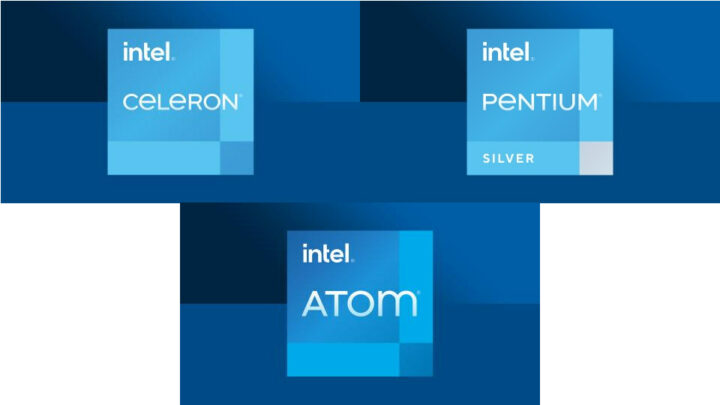Intel Alder Lake-N processors succeeding Jasper Lake processors are likely to soon show up in Chromebooks and embedded systems with early clues about the features of the upcoming processors found in the source tree of Coreboot and the Sound Open Firmware (SOF) Project.
The person or team at Coelacanth’s dream has been analyzing the commits related to Alder Lake-N and found some interesting information related to the CPU cores, GPU, media capabilities, and peripherals, plus some reference boards by the Google Chromium team.
Their latest update analyzes a partial boot log in the SOF Project and so far we know that:
- Alder Lake-N is an Atom-only “Gracemont” processor (no hybrid variant like Alder Lake-S desktop processors) with up to 8 threads/8 cores
- Alder Lake-N has two 4-core clusters that share the L2 cache
- The new processors should come with Intel UHD Gen12 graphics just like Alder Lake-P/M mobile processors, but limited to 32 EU (Execution Units)
- LPDRR5 memory support
- Gen12 Media means support for 8Kp60 VP9, AV1, H.265, and H.264 video decoding, and 8Kp60 encoding
- PCIe interfaces – None attached to the CPU, up to 5 ports, up to 9 lanes attached to PCH
- USB – Up to 2x USB interfaces with Type-C support
- Alder Lake-N Chromebook board is codenamed Nissa with variants named Nivviks, and Nereid.
Coelacanth’s dream says many of the features are similar to Elkhart Lake and Jasper Lake processors, but the Gracemont cores should provide significantly better performance and the latest Intel UHD Gen12 (Intel Xe) graphics should also provide a boost in 3D graphics performance.
While most Alder Lake processors are so-called “hybrid processors” with both performance and efficiency cores, Alder Lake-N will only come with efficiency cores. Since Jasper Lake processors are limited to four cores, and it’s the same story for Elkhart Lake embedded/IoT processors, the new Atom/Pentium/Celeron processor should perform even better in multi-threaded workloads with up to 8 cores.
Since Intel has not unveiled the new processors yet, it may take several months/quarters before those become available in products.
Via Tom’s Hardware

Jean-Luc started CNX Software in 2010 as a part-time endeavor, before quitting his job as a software engineering manager, and starting to write daily news, and reviews full time later in 2011.
Support CNX Software! Donate via cryptocurrencies, become a Patron on Patreon, or purchase goods on Amazon or Aliexpress





